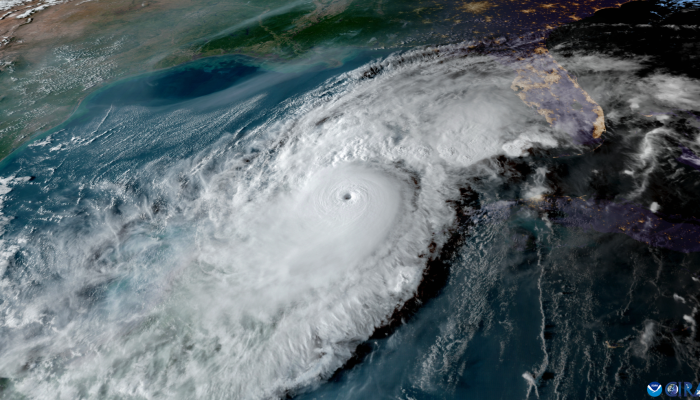An emergency, whether human-caused or from a natural hazard, may create a need for you to survive on what you have in your home for a few days as hazards like power outages, travel disruption, flooding, or another crisis are responded to.
It is critical to be ready before an emergency, so building a disaster supply kit, also known as a shelter-in-place kit, is an important way for you to be prepared.
Making a shelter-in-place kit
To “Shelter-in-place” is just another way of saying “stay inside.” It’s a way to keep safe during some kinds of emergencies like severe weather which could include hurricanes and tornadoes. If you are told to seek shelter or stay where you are during an emergency, it’s extremely important to be prepared to do so. A shelter-in-place kit is a collection of basic items your household may need in the event of an emergency.
Your shelter-in-place kit needs to have enough supplies to last up to three days. You can get many of the needed items at a dollar store or other value shops. It may seem overwhelming but remember you can collect items for you kit as you go about your daily life. Start with items that you may already have in your home. Your shelter-in-place kit might not be complete right now but the important part is that you start.
Some Key items for a shelter-in place kit
- One gallon of drinking water for each person for each day.
- Ready-to-eat, non-perishable, or canned foods that won’t spoil quickly.
- First aid kit.
- Flashlight and extra batteries.
- Battery-operated AM/FM radio and extra batteries
- Fully-charged backup batteries or power banks for cell phones.
- A copy of your family emergency plan.
The full list of items we suggest for your shelter-in-place kit can be found here.
Extra considerations
Have enough supplies for everyone in your home. This includes pets. Don’t forget pet food and extra water for your pet. You will also want to put away extra baby supplies if there are young ones in the home. Think about infant formula, bottles, diapers, wipes, and diaper rash cream.
A little less than half of all Americans take prescription medicine every day. During an emergency, it can be difficult to refill a prescription or to find an open pharmacy. Pack prescriptions and over-the-counter drugs in your kits. You may also want to prepare backup medical equipment, such as oxygen, a scooter battery, mobility aids, hearing aids and batteries, and glasses.
Maintaining Your Kit
Keep your shelter-in-place kit in a place where you can get to it easily and make sure all family members know where the kit is kept. Tell everyone in your home that the kit is for emergencies only. Don’t forget to re-think your needs every year and update your kit as your family’s needs change. A good rule of thumb is to check the food and batteries in your kit twice a year to make sure they haven’t expired.




